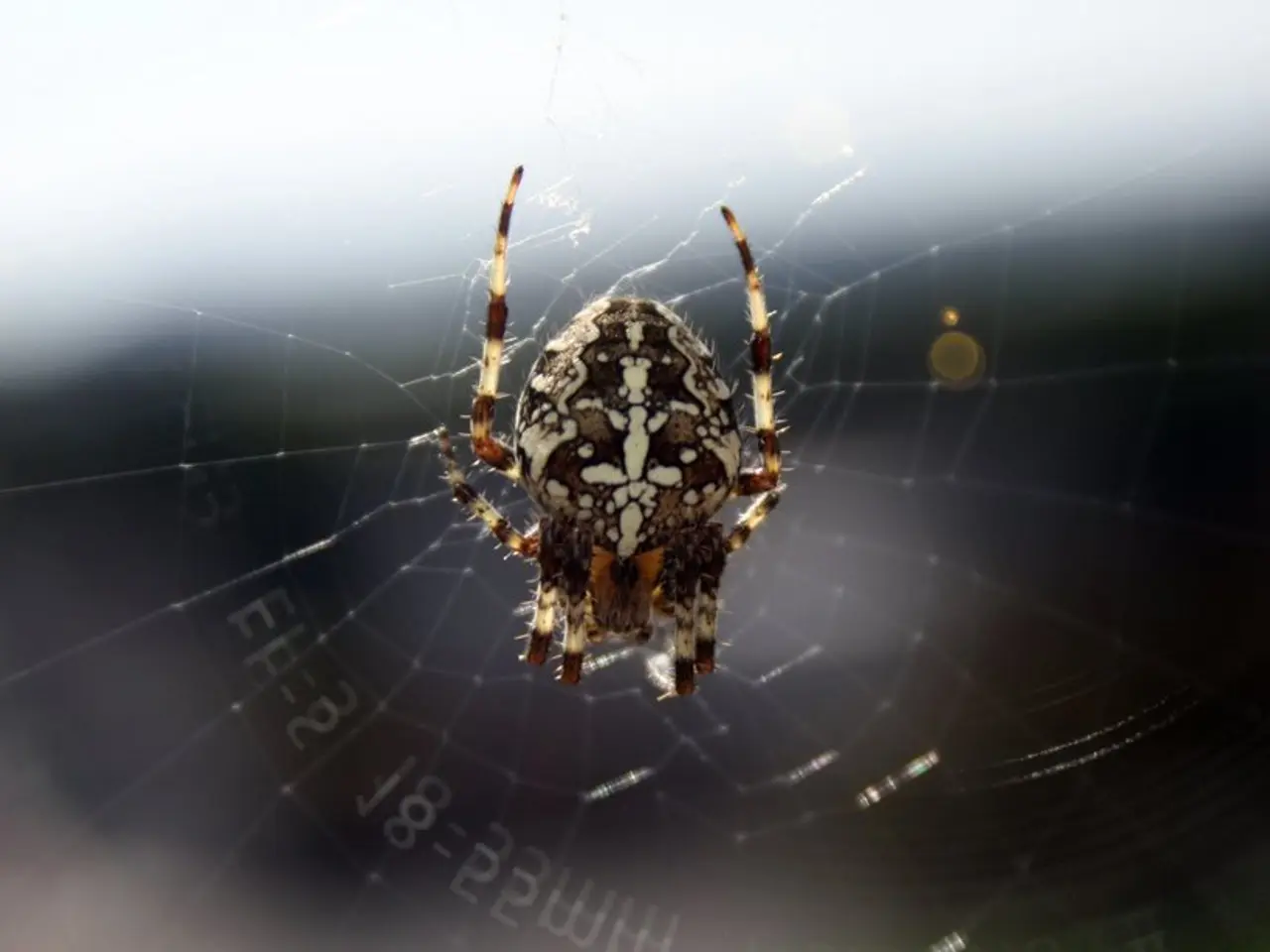Indigenous Perspectives: Insights Gleaned from Spiders in Traditional Spiritual Beliefs
In various Indigenous cultures, spiders have played significant roles as symbols of creation, divination, and folklore. These arachnids are often seen as powerful deities, emblems of wisdom, and messengers in sacred practices.
For instance, in Inca cosmology, spiders were integral to divination practices. The Incas interpreted the movement of spiders and the arrangement of coca leaves as a means to foresee events or seek guidance, linking spiders to spiritual and ritual knowledge. This pattern is evident across cultures, with spiders serving as symbols or messengers in mythology and folklore, often connected to creation or ancestors.
In African and other Indigenous traditions, spiders may represent important cosmological elements or ancestral wisdom. This is intertwined with advanced indigenous knowledge systems such as astronomy and mythology, although specific spider symbolism in these contexts requires further ethnographic detail.
In Navajo (Diné) folklore, Spider Woman, or Na'ashjé'íí Asdzáá, taught the Navajo how to weave rugs and is said to inspire weavers with creativity and skill. Among the Hopi, Spider Woman, or Kokyangwuti, is believed to have assisted in the creation of life and still lives underground, able to provide advice or medicine.
Zitkála-Ša, also known as Gertrude Simmons Bonnin, a multi-talented Yanktonai Dakota woman born in the same year as the Battle of Little Bighorn, collected a number of fables that starred Iktomi in her collection of Oceti Sakowin Dakota legends. Iktomi, a trickster figure, serves as a reminder that our survival depends on learning the lessons he has tried to teach us, age after age. Zitkála-Ša used Iktomi's story to highlight the parallels between Iktomi's follies and settler transgressions against Indigenous peoples.
Spiders, belonging to the class Arachnida, are known for their unique structure, characterised by two body regions (abdomen and cephalothorax) and four pairs of legs. They feed on various insects, including those that spread diseases like West Nile, malaria, and Zika. In fact, spiders are a vital food source for various species of bats, birds, lizards, and frogs.
Moreover, spider venom has been instrumental in the development of medications used to treat high blood pressure and heart disease. Some spiders even disperse pollen when they crawl from flower to flower, contributing to the pollination process.
In summary, across different Indigenous cosmologies, spiders are commonly associated with divination and spiritual guidance, symbolic figures in mythology and folklore, and emblems of wisdom and interconnectedness. While detailed spider roles vary by culture, the recurring theme is their position as powerful symbols linking the natural and spiritual realms.
References:
- Indigenous Spider Symbolism
- Inca Divination Practices
- African Indigenous Spider Symbolism
- In an exploration of Sustainability and Lifestyle magazines, articles on cultural travel might delve into the rich symbolism of spiders in various Indigenous cultures, revealing their significance as embodiments of wisdom and messengers in sacred practices.
- Art enthusiasts seeking Education and Self-Development could find inspiration in the myriad ways spiders are depicted in traditional Indigenous art, representing not only creation or ancestors but also the interconnectedness of natural and spiritual realms.
- For travelers with a penchant for immersive trips, travel guides focusing on sustainability could offer itineraries that include visits to Indigenous communities, providing insights into the cultural travel aspect of learning from and appreciating the symbolic importance of spiders in different traditions.




